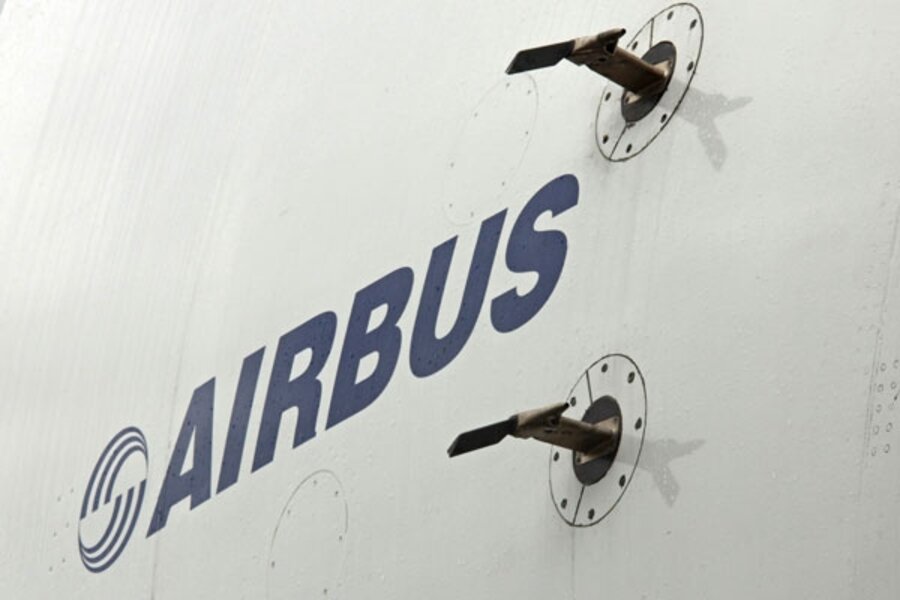Air France crash prompts changes in Airbus speed sensors
Loading...
Investigators may never know all the reasons why Air France Flight 447 plunged into the Atlantic Ocean between Rio de Janeiro and Paris on June 1 killing all 228 passengers and crew. But evidence – and at least one episode with an Airbus aircraft since then – points toward the critical sensors that tell pilots how fast they’re flying.
On Thursday, Airbus urged airlines to replace most speed sensors (also known as Pitot tubes after the 18th-century French engineer who invented them) on about 200 aircraft.
The move comes in anticipation of an order by the European Aviation Safety Agency that most speed sensors be replaced on all Airbus A330/A340 aircraft. The agency’s “airworthiness directive” is expected to be published within two weeks.
Most of the wreckage from Flight 447 – including the all-important “black box” flight data recorders – has yet to be found. Locator beacons on the recorders have long since gone silent. But the search for any information on what caused the accident continues, and Airbus announced Friday that it would help fund a third search of the crash area if necessary.
The French authority investigating the crash, the Bureau d'Enquêtes et d'Analyses, noted Thursday that an oceanographic ship is on-site using side-scan sonar and a submarine to search for evidence of the cause.
But at this point, investigators suspect that the speed sensors may have been a major factor. Automatic messages transmitted by the Air France Airbus A330 shortly before it crashed showed that airspeed instruments were receiving faulty data.
Flight 447 had been flying in stormy weather that may have included icing. This can block the Pitot tubes, which then give false information to the pilots causing them to fly too fast or too slow leading to a crash. Investigators have already determined that the aircraft was intact when it hit the water.
Concerns about Airbus speed sensors had been raised before the recent accident. Bloomberg.com reported shortly after the Air France crash that Airbus had “advised airlines more than a year ago to replace airspeed sensors on its A330 jet, the model that crashed into the Atlantic Ocean on an Air France flight to Paris.”
Such concerns continue. The French newspaper Le Figaro reported this week that the pilot of an Air France plane flying from Rome to Paris in July lost speed information for about a minute. In that incident there reportedly was no danger to the aircraft or passengers.
Meanwhile, airlines have decided to replace the speed sensors on Airbus jets even without any requirement by aviation authorities.
Shortly after the Air France crash in June, Qatar Airways said it was upgrading the speed sensors on its Airbus A330 and A340 aircraft although the manufacturer had not given any such instructions at that point.
Delta Air Lines, United Airlines, and US Airways – all of which fly the Airbus – had already begun replacing the sensors.





